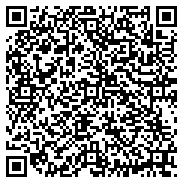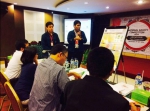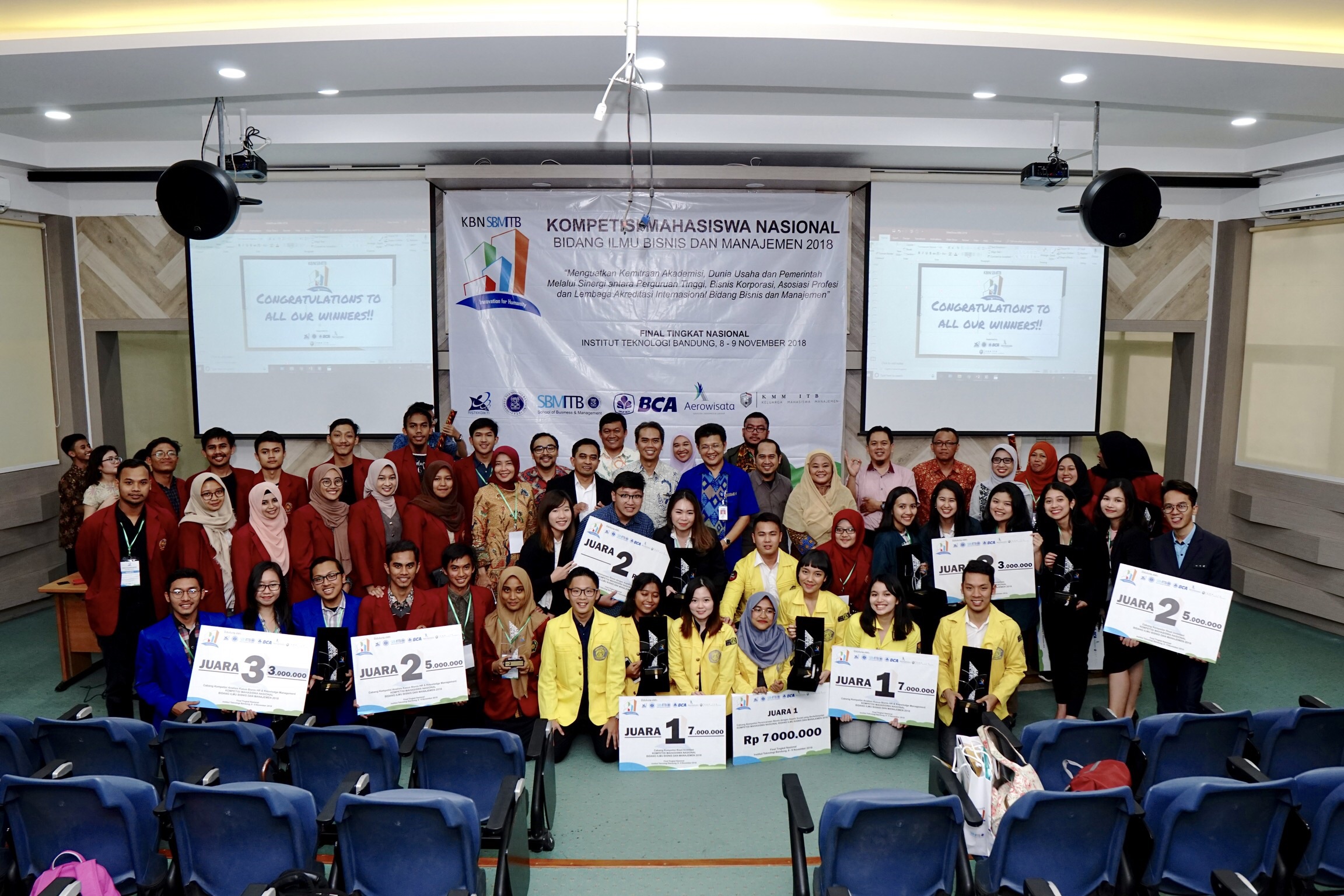ITB Students Won 1st Place in National Safety Competition 2018 in UGM

BANDUNG, itb.ac.id – Irhas Santika Abdullah and Dimas Prasetyo Adjie, students form Chemical Engineering Program of Institut Teknologi Bandung (ITB) class of 2015 won 1st place in National Safety Competition 2018 in Universitas Gadjah Mada (UGM) on Saturday (10/11/2018).
National Safety Competition 2018 is an annual event, organized by Association of Chemical Engineering Students of UGM. It currently enters its fifth year. The event is held to develop the awareness about safety and make it a culture among students of chemical engineering and general community. Themed “think safety, work safely, make it priority”, the event saw several competitions, such as Poster Competition, Seminar Internal, Paper Competition, Essay Competition, and Grand Seminar.
The topic of this year’s case is How to Build Safe Ammonia Factory for Workers and Surrounding Community Based on Inherently Safer Design Principle that Refers to National and International Standard. Paper Competition is expected to be a place for students to practice their analytical capability and give solution for cases related to safety.
Both Irhas and Dimas did not expect to win the 1st place because, unlike other finalists form other universities, it is only recently that they get subjects related to factory safety system.
Before reaching the final, Irhas and Dimas should submit their abstract by May 2018. After the announcement on August 2018, participants should submit the paper by mid-October. Out of 25 teams that progress, three come from ITB. Selection to the papers saw 8 finalists to progress to presentation phase.
Like killing two birds with one stone, their experience when doing professional placement at an ammonia factory, PT Petrokimia Gresik, has helped Irhas and Dimas during the competition. “We learn new things we did not get on campus,” said Irhas. Their paper is titled Ammonia Factory Design Based on Inherently Safer Design Principle through Classification of Hazardous Area and International Standard Safety System.
Besides literature study, Irhas and Dimas conducted field observation to enhance their analysis they stated on the paper. Irhas and Dimas faced many difficulties during the competition, including the wide-scope of the case and their tight academic activities. Fortunately, with mentorship from Dr. Hary Devianto, use of the right method, and strong analysis, Irhas and Dimas successfully answer all the jury’s questions who are all practitioners on the field.
Reporter: Salma Zahra

scan for download







